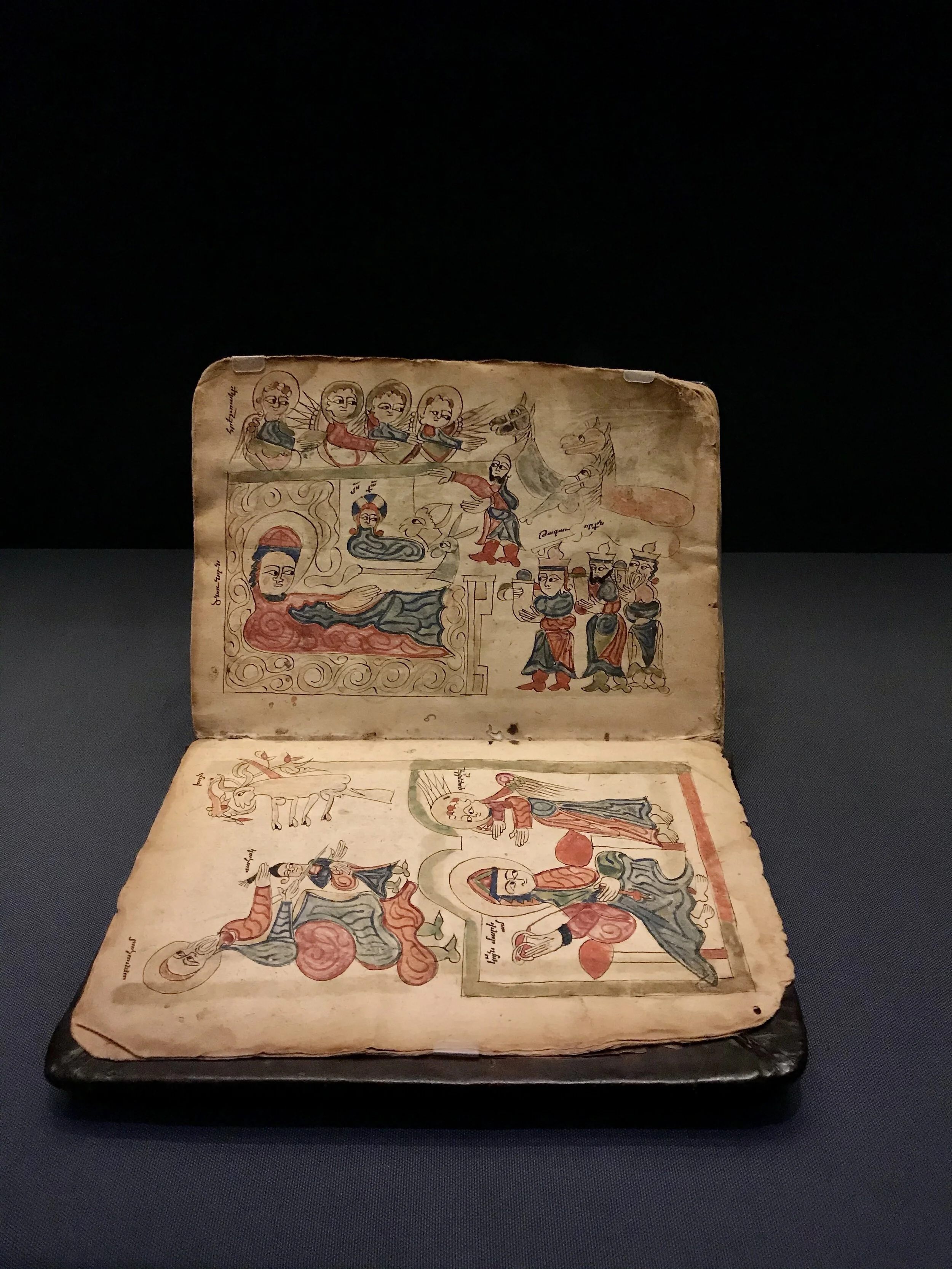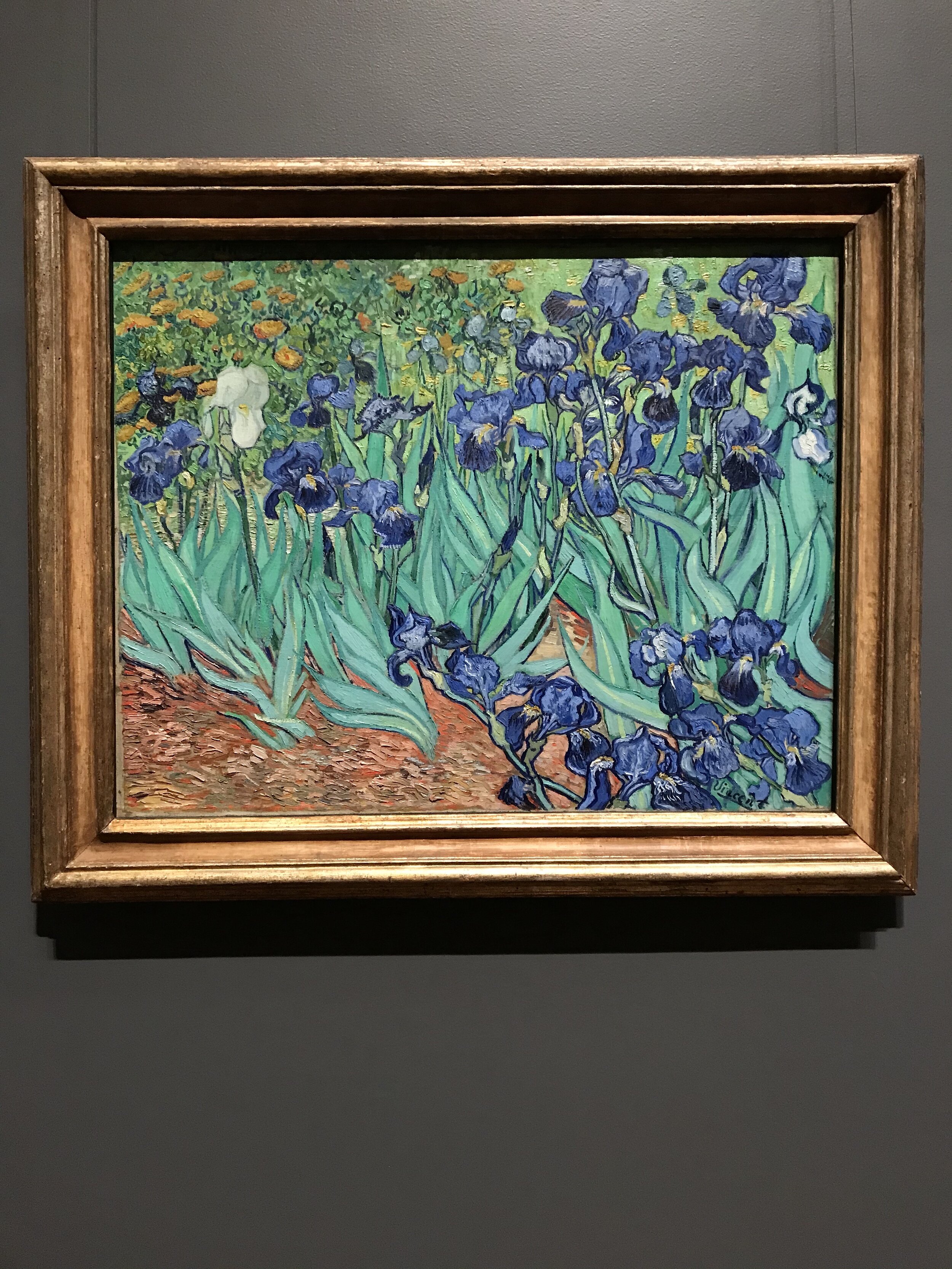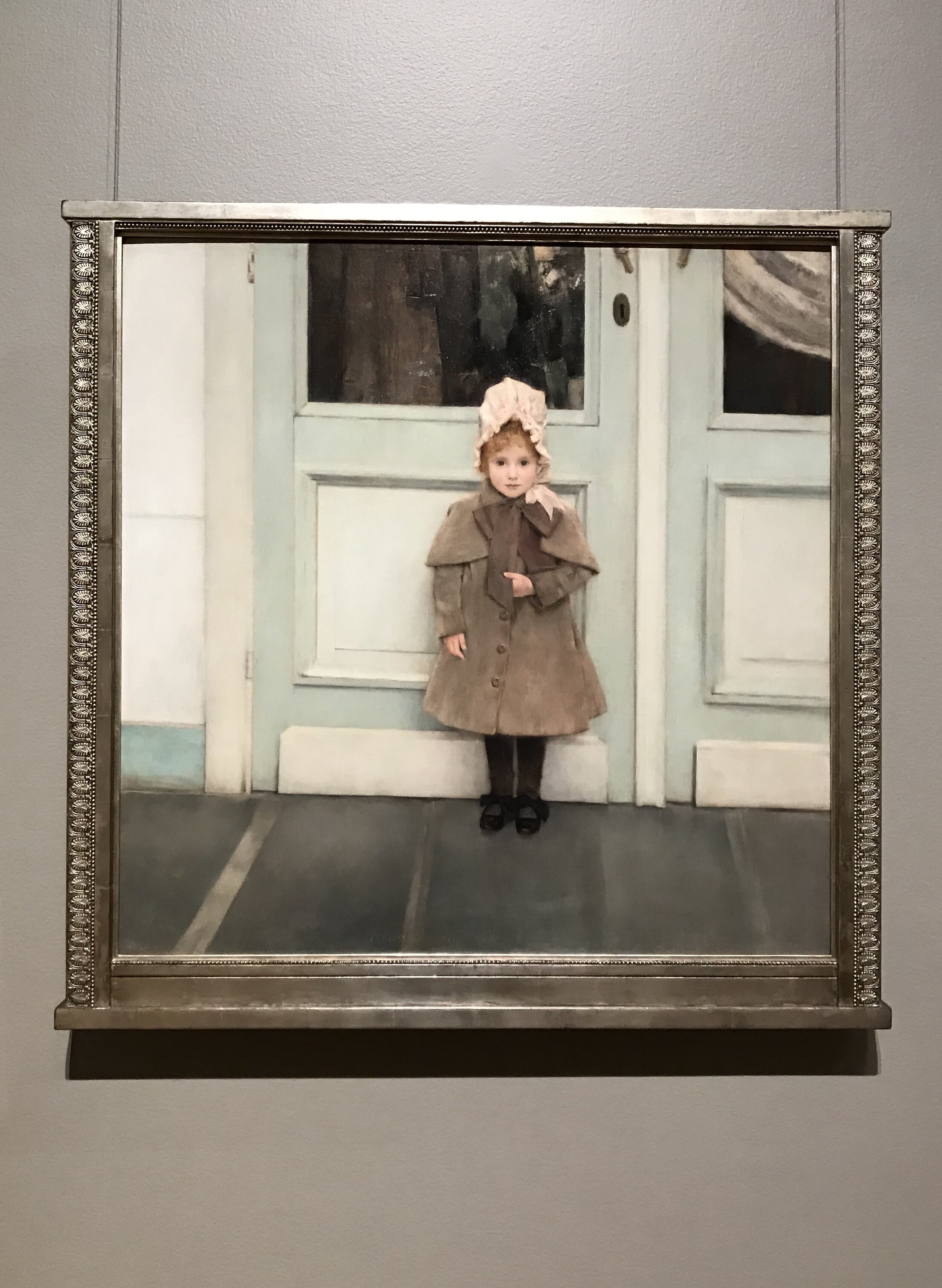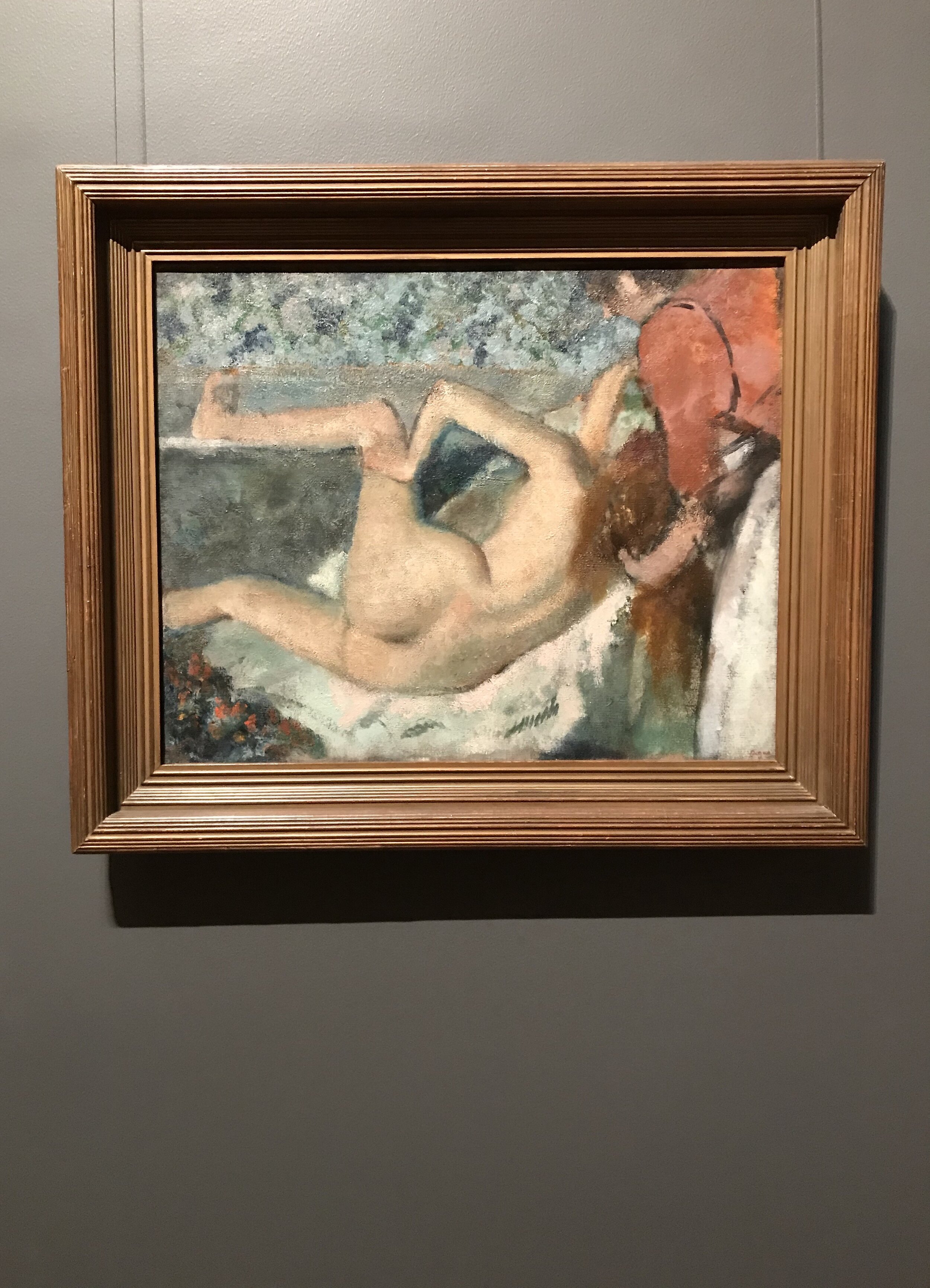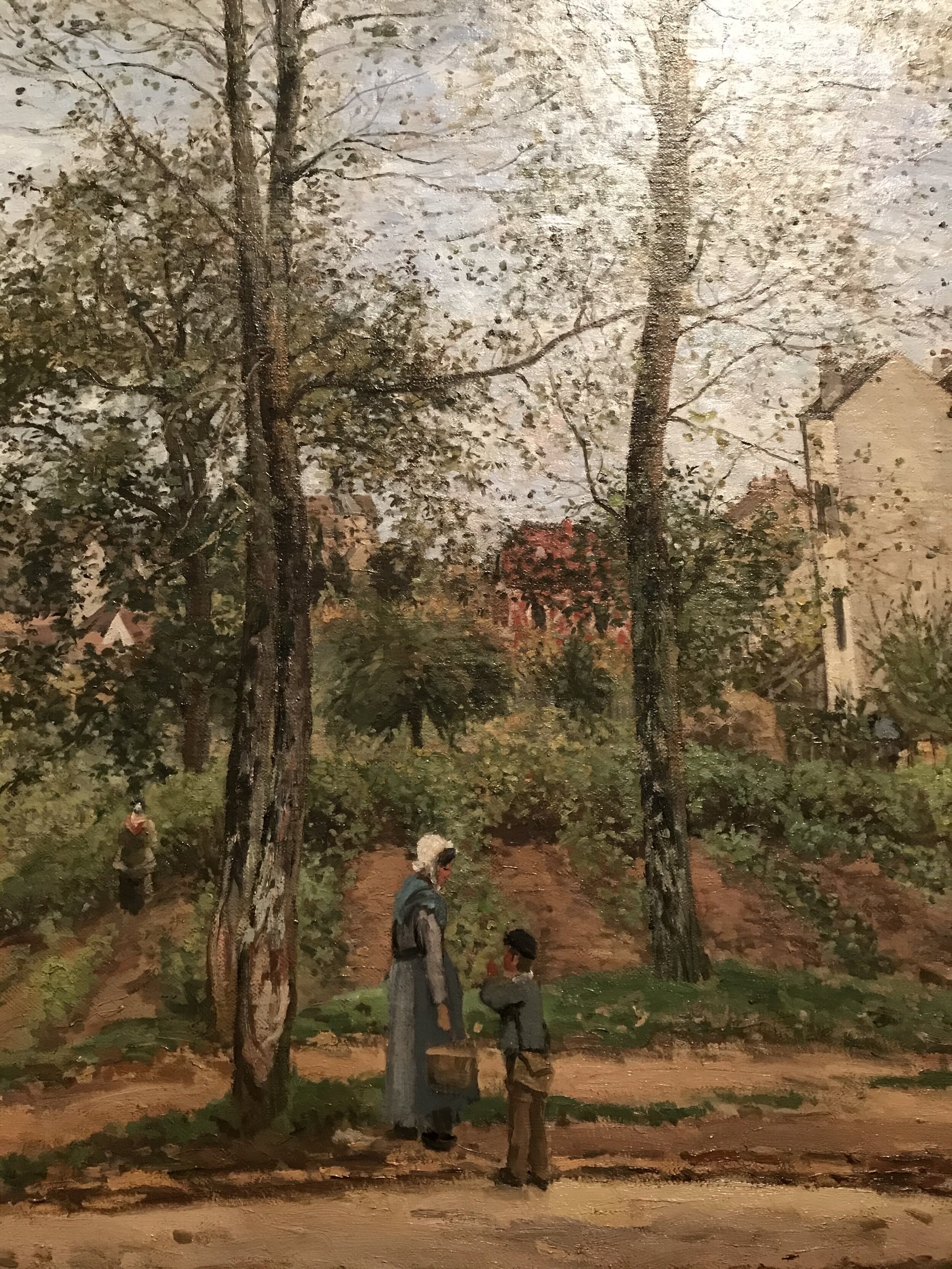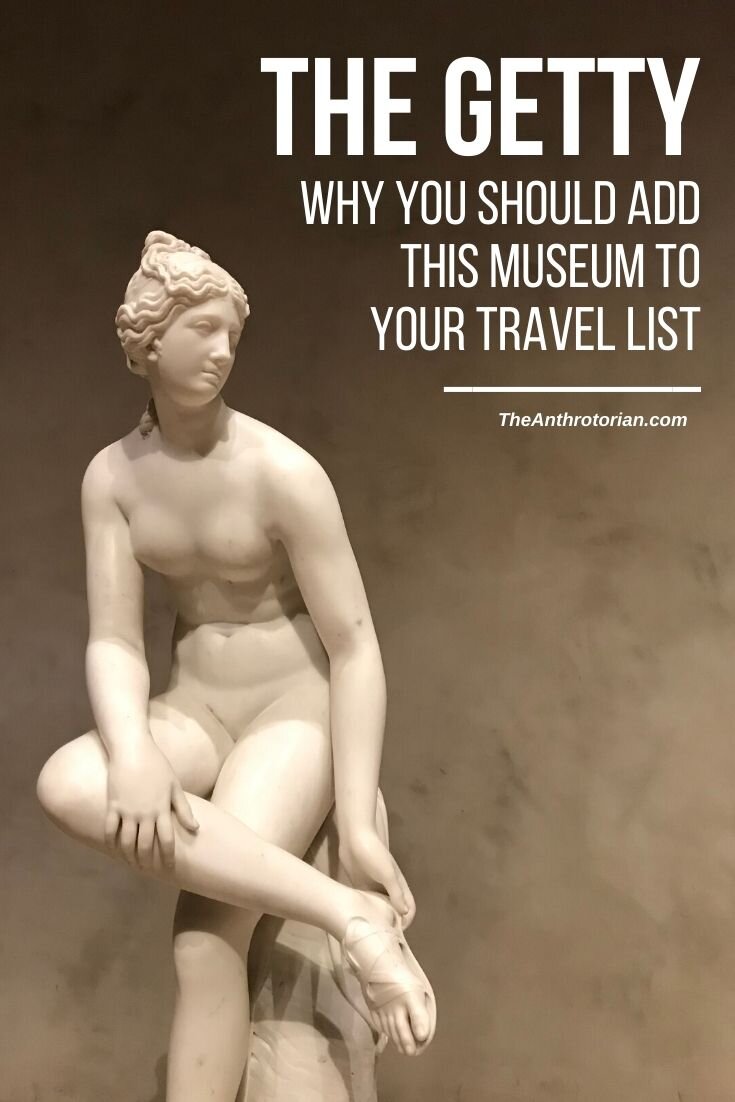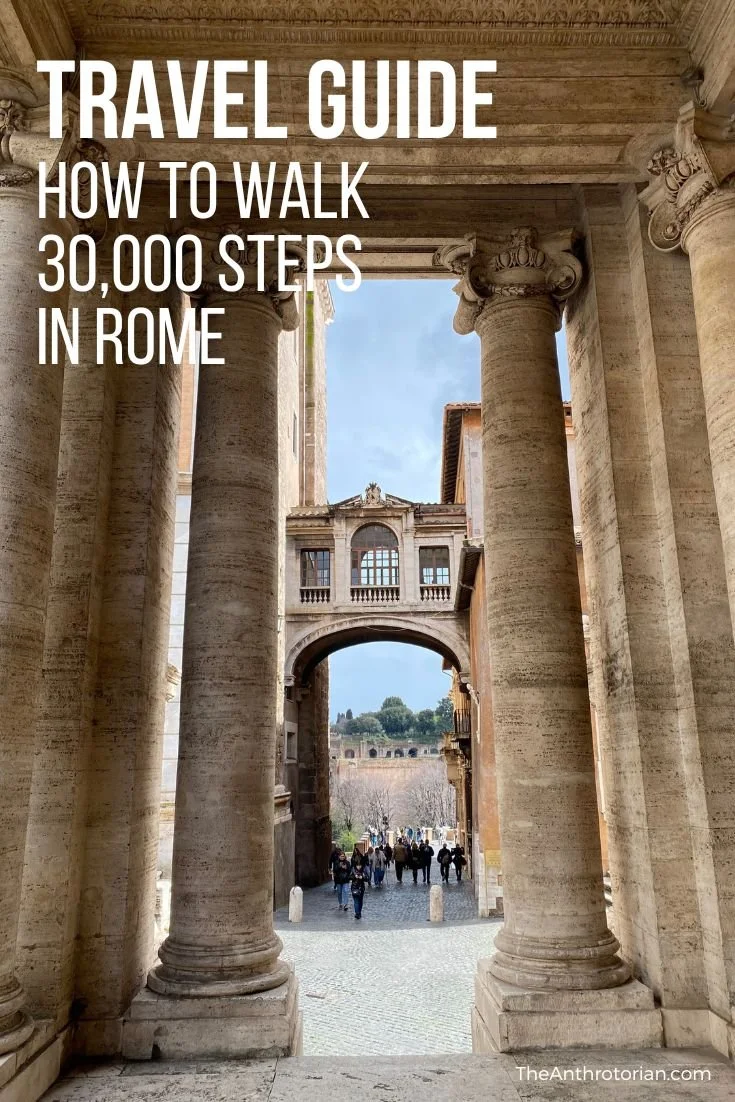On my last trip to LA (also my last pre-COVID trip), I was very excited that I would have a chance to finally cross The Getty off of my “museums to visit” list. I have wanted to get there for years — ever since reading Loot and learning about the more controversial side of the museum.
Perched on a hill overlooking Los Angeles, the views from The Getty Center Museum are breathtaking (as long as the day is clear). And there are plenty of spots to enjoy the view from, as the complex seems to have been built with that in mind.
Whether you are visiting for the views, the architecture, or the art, The Getty is definitely worth adding to your must-see list.
A brief history of The Getty Museum (+ who was “J. Paul Getty”)
Officially called the J. Paul Getty Museum, The Getty is made up of multiple buildings in two separate locations — the Getty Center and the Getty Villa.
Both spaces are filled with priceless and historic artworks from around the world and surrounded by beautifully manicured gardens.
The Getty Center
The Getty Center is where you will find paintings, sculptures, stunning illuminated manuscripts, photography, decorative arts, and drawings from all over Europe.
The collection is housed in a series of white, modern-looking buildings built around a vast, peaceful outdoor courtyard. The surrounding gardens have amazing views and sculptures to enjoy, and there is also one of the world’s largest art libraries to puruse.
The Getty Villa
The Getty Villa is literally a giant villa that is located in Malibu. It is a museum and educational center dedicated to the art of ancient Greece, Rome, and Etruria, and has more than 44,000 works of art!
I have not yet visited The Getty Villa, so this post will focus on The Getty Center, but I have included the location, admission, and opening hours info for you below.
Who was J. Paul Getty?
Born on December 15, 1892, Jean Paul Getty was an American petrol-industrialist and the patriarch of the famed Getty family. According to Wikipedia, “he founded the Getty Oil Company, and in 957 Fortune magazine named him the richest living American, while the 1966 Guinness Book of Records named him as the world's richest private citizen, worth an estimated $1.2 billion (approximately $7.2 billion in 2018).”
He was notoriously frugal (the story of him negotiating his grandson’s kidnapping ransom was documented in the series Trust), but an avid collector of art and antiquities, which ended up being the basis of the collections in both The Getty Center and Villa Museums.
When he passed away in 1976, “more than $661 million of his estate was left to the museum” (source). The trust is now the world’s wealthiest art institution and is used to operate all of the Getty complexes and institutes.
The Getty: Location, hours, and admission
Location:
Getty Center
1200 Getty Center Dr, Los Angeles, CA 90049, USA
Getty Villa
17985 Pacific Coast Hwy, Pacific Palisades, CA 90272, USA
Opening Hours:
At the time of writing, both locations ware closed to the public due to COVID shutdowns. Visit the website for updates on opening hours.
Admission:
Admission is always free, but if you are visiting the Getty Villa, a timed-entry ticket is required.
Don’t Miss:
Gallery shops that are located throughout cater to the exhibits that they are located in.
The Museum Shop — has an amazing selection of art books!
Coffee Carts — get caffeinated and enjoy the view.
Taking photos! Photography is allowed in all galleries, just make sure you have your flash turned off, as it can damage the art.
Free Wi-Fi — join using the GettyLink network.
The Getty Center Museum and gardens overlooking the city at sunset. The architect, Richard Meier used squares and circles throughout the complex to unite the many buildings that are covered in travertine from Bagni di Tivoli in Italy.
How much time do you need to explore The Getty?
You could spend anywhere from a couple of hours to an entire day wandering through each location.
There is lots of artwork to absorb, but you also don’t want to miss experiencing the gardens, architecture, dining, and overall experience of visiting each space.
Illuminated Manuscripts
The Getty has a stunning collection of illuminated manuscripts, also known as historic manuscripts that have been illustrated.
These medieval manuscripts are all turned to a particularly stunning page and displayed under temperature-controlled glass boxes. The work is intricate and the pictures above give you only a small glance at the many tomes that are available to examine in-person.
The Paintings
One of many of the paintings gallery, the red walls of this room are filled with Renaissance paintings in elaborately carved wooden and golden frames.
The galleries on the upper floors of the museum are illuminated in part by skylights that filter the light during the day to maximize natural light and reduce the use of electricity.
Virgin and Child with St. John the Baptist and Mary Magdalene, c. 1535-40, by Francesco Mazzola called Parmigianino.
According to the plaque located beside this stunning painting, “this very well preserved picture is unusually painted on seven sheets of paper laid down on panel. The beautiful seated Virgin is looking at her Child embracing the infant St. John the Baptist, both assisted by Mary Magdalene, who is also represented in the distant background being elevated to heaven.”
This is the oldest painting in The Getty (according to the security guard who was standing in the corner just out of frame).
Astronomer by Candlelight, late 1650s, by Gerrit Dou
I love the dark, moody work of Dutch painters, and the way that they use light in their work — it’s like there is light coming from the canvas itself!
The Sculptures
There are a selection of stunning marble sculptures in the museum, including some unfinished pieces that allow you a glimpse into the artist’s process.
The Impressionists
There are stunning impressionist works, portraits, landscapes, still-life, and nudes in the paintings galleries including works by Van Gogh, Fernand Khnopff, Pissarro, Manet, Monet and more.
The Portal of Rouen Cathedral in Morning Light, 1894, Claude Monet
“Between 1892 and 1894, Monet turned away from his usual landscape subjects and painted thirty views of Rouen Cathedral with a methodical intensity that was unparalleled in his career. For Monet, the Gothic monument was less important as a religious symbol than as a permanent, richly textured surface on which light and atmosphere could play with infinite and colorful variation.” (From the plaque next to the painting in the gallery.)
There are some beautiful pieces in the Getty collection by Manet, including the nude on the left and the piece on the right called Spring (Jeanne Demarsy), 1881. According to the plaque beside the painting in the gallery, this painting depicts “the young model and budding actress Mademoiselle Demarsy as the fashionable embodiment of spring, this portrait-allegory was the first in Manet’s unfinished series on the seasons.”
Pin Me!
Meet The Author
Lindsay Shapka is an avid traveler and the creator of The Anthrotorian — a website dedicated to sharing travel tips, stories about adventures, culture quirks, artists you should know, fascinating bits of history, and more!
She is also an artist, marketing specialist, editor, and freelance writer who has work featured on websites, blogs, and in magazines like National Geographic Traveler.

